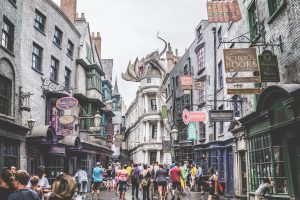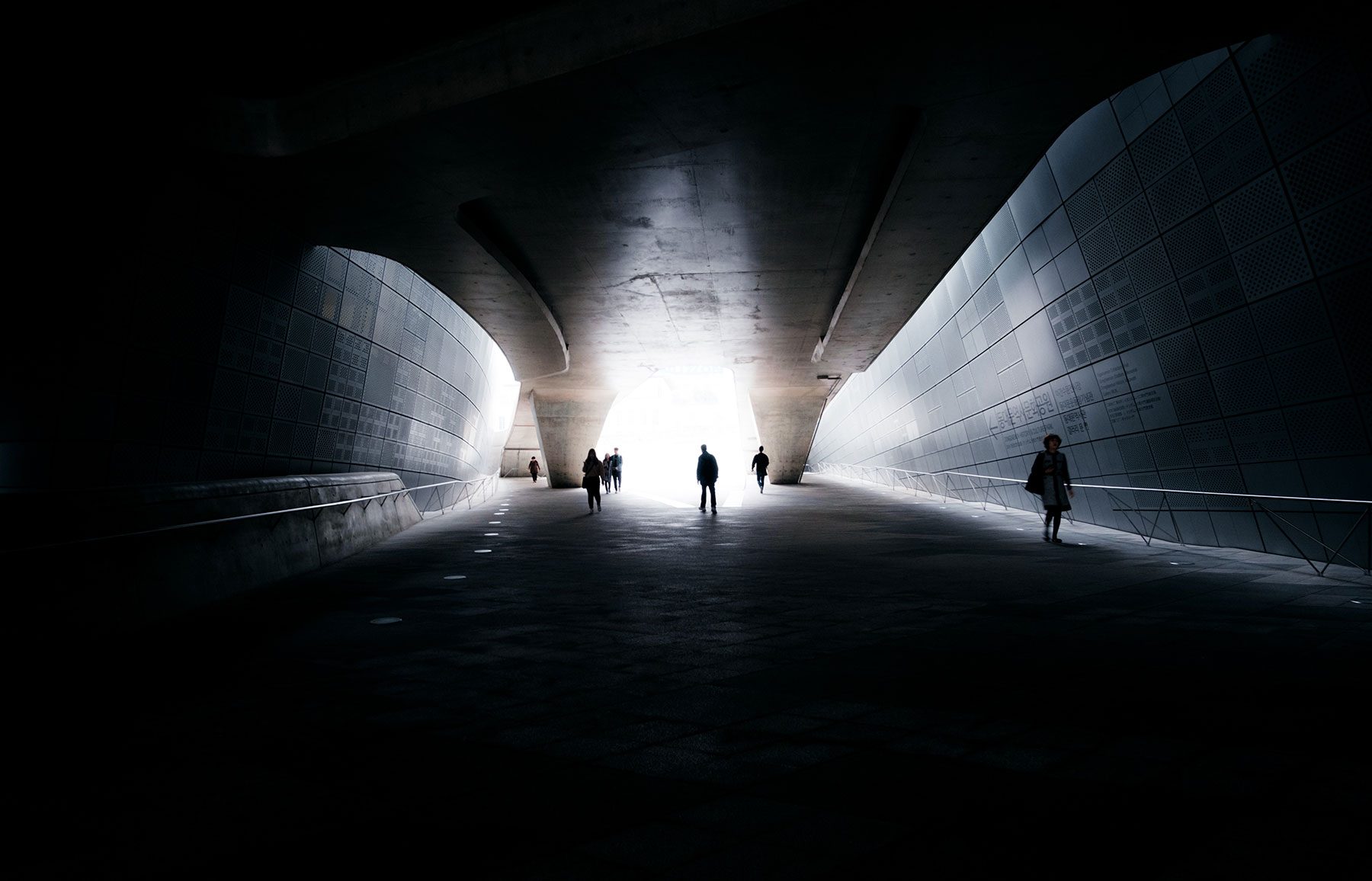Why Do Theme Parks Cost So Much? (And What Can Developers Do About It?)
With advancements in technology, the expectations for theme parks to deliver high-quality entertainment have increased – and so have the development costs.
Over the past several decades, advancements in technology have greatly enhanced many industries and heightened consumer expectations across the board.
In the theme park world, technology has played a particularly instrumental role in the transformation of storytelling.
Via new platforms such as 4D theaters, audio-visual mapping, ride systems with multiple degrees of movement, and autonomous ride vehicles, among others, theme park owners and developers are deepening the experience for their guests and fans.

And consumers have noticed.
With increased technological capabilities, theme park guests have come to expect no less than fast-paced, scenic, and immersive experiences and environments.
As tastes and demands mature in conjunction with advancements, theme parks must also mature to adapt to these expectations – a trend that has driven up capital and development costs substantially.
A similar trend is underway in the automotive industry. Today’s cars are expected to seamlessly connect to smartphones while also including back-up cameras, automatic safety features, and even autonomous driving – features that have contributed to a 35 percent increase in average care cost over the last three decades, adjusted for inflation.
Pony rides and even traditional roller coasters just won’t cut it anymore.
The cost increase driven by technological advancements in the theme park and themed destination industry is especially high in comparison to other fields – even the automotive industry. This is based on the unique components, complexities, and areas for potential change in the themed entertainment sector.
Further, most new theme park developments are built on recent project’s expectations or a highly competitive marketing strategy. More simply – each new development must be bigger, better, faster, and more advanced than the next. This also raises costs.

Traditionally, rising expenses in the theme park industry have been offset through increases in ticket prices and other areas where guests spend within the park, including food and beverage, souvenirs, and gaming.
This strategy has been, and continues to be successful in top-tier park regions such as Orlando and Southern California, where tourism makes up a large percentage of attendance.
“Even with the continued increase in consumer appetite for more technologically advanced and immersive rides and experiences, there are solutions for efficient and cost-effective theme park development.”
That said, locations with a primarily regional consumer base that do not benefit from a consistent flow of tourists face a challenge: the average disposable income of potential guests is much more limited.
This in turn restricts the extent to which prices can be raised without deterring the very guest traffic that is necessary to sustain the theme park investment.

Essentially, the idea of bigger, better, faster is not always a feasible goal. There is, however, a demand for these types of destinations in smaller, locally-driven markets.
The solution is for theme park owners and developers to deliver a more economic product that strikes a balance between meeting today’s consumer demands – which span across guest demographics – and operating on a sustainable budget.
The rising costs of building theme parks can be mitigated to some degree by asking the right questions to determine expectations of regional park-goers, as well as evaluating which socioeconomic influences impact the location of a planned theme park development.
Creating a successful theme park that offers experiences that are of value to today’s consumers – while staying within budget and generating a worthwhile return – involves looking at a project through the lens of three influential cost categories:
1. Understand where the development falls on the Park Experience Index:
The region and business plan will directionally guide the right type of park–defined by the attractions, food and beverage, guest services, and retail components.
This should be determined long before the foundation is laid. Developing the right type of park, or mixture of park types, will influence the capital development cost per annual attendee substantially.
2. Look at all variables of Park Programming:
It is not only the components of a park that matter, but how each component is programmed, down to the smallest detail and fraction of a second.
Elements such as attraction cycles and show times must be carefully calculated in conjunction with one another as well as other influencing factors including maintenance and attendance cycles.
3. Present a strategic Creative Mix:
Not every park will cater to every single person.
If the creative mix misses the mark, the park will not appeal to enough of the correct people and attendance will be low – or the park will have idle assets.
That said, strategically analyzing a location’s demographics and devising a creative mix of shows, rides, facilities, and other components, developers can create a park that will be utilized to its full extent.
Even with the continued increase in consumer appetite for more technologically advanced and immersive rides and experiences, there are solutions for efficient and cost-effective theme park development.

Developers must recognize that demand for entertainment including theme parks is substantial, and yet highly unique to each individual location. This is especially true when the guest base is primarily regional.
Utilizing the latest technologies will not necessary deliver return on investment for the majority of theme parks developed.
Instead, carefully studying location demographics, programming all components of a park in complementary ways, and maximizing guest utilization with the right mix – while still creating a great experience – will.
In future articles, we’ll provide a deeper exploration into each of the three cost categories outlined above, and strategies for approaching cost-effective yet competitive theme park development.
- Flying Theatre photo by Robert Bye on Unsplash
- Diagon Alley photo by Troy Jarrell on Unsplash
- VR headset photo by Uriel Soberanes on Unsplash
- Schematics-Calculator photo by rawpixel on Unsplash
- Rising Cost Chart photo by rawpixel on Unsplash
- Planning photo by rawpixel on Unsplash


